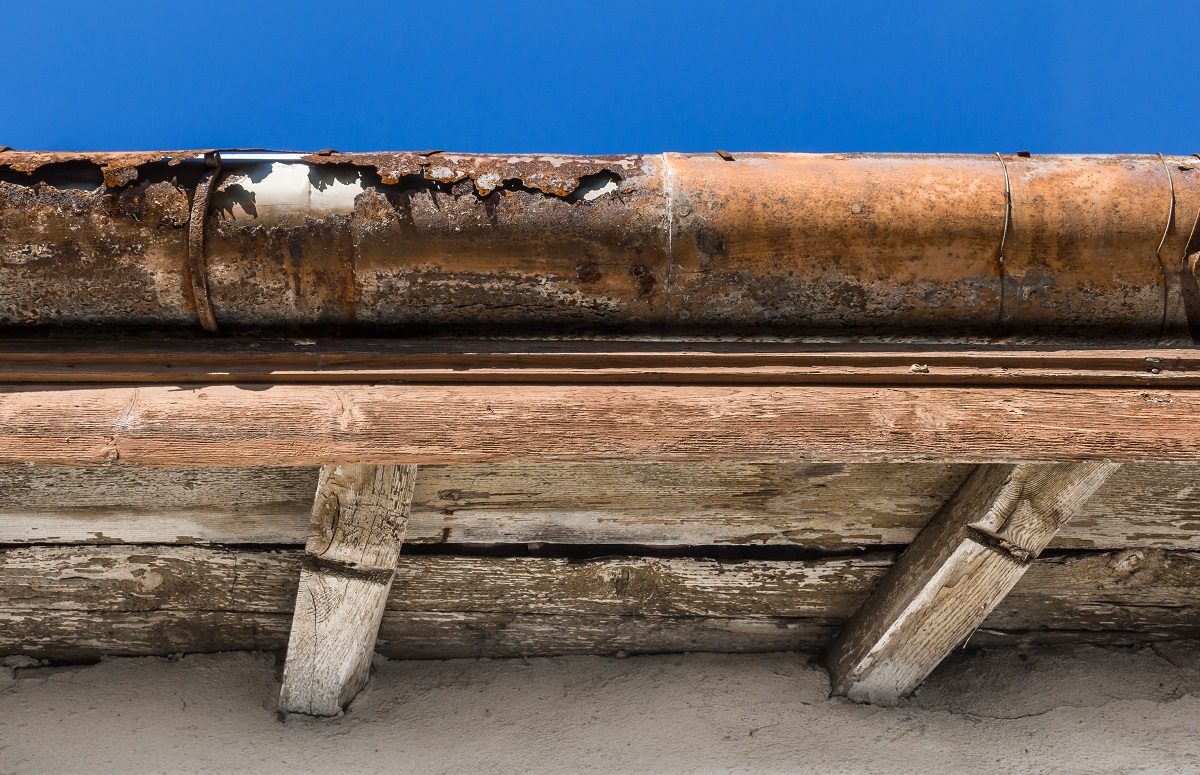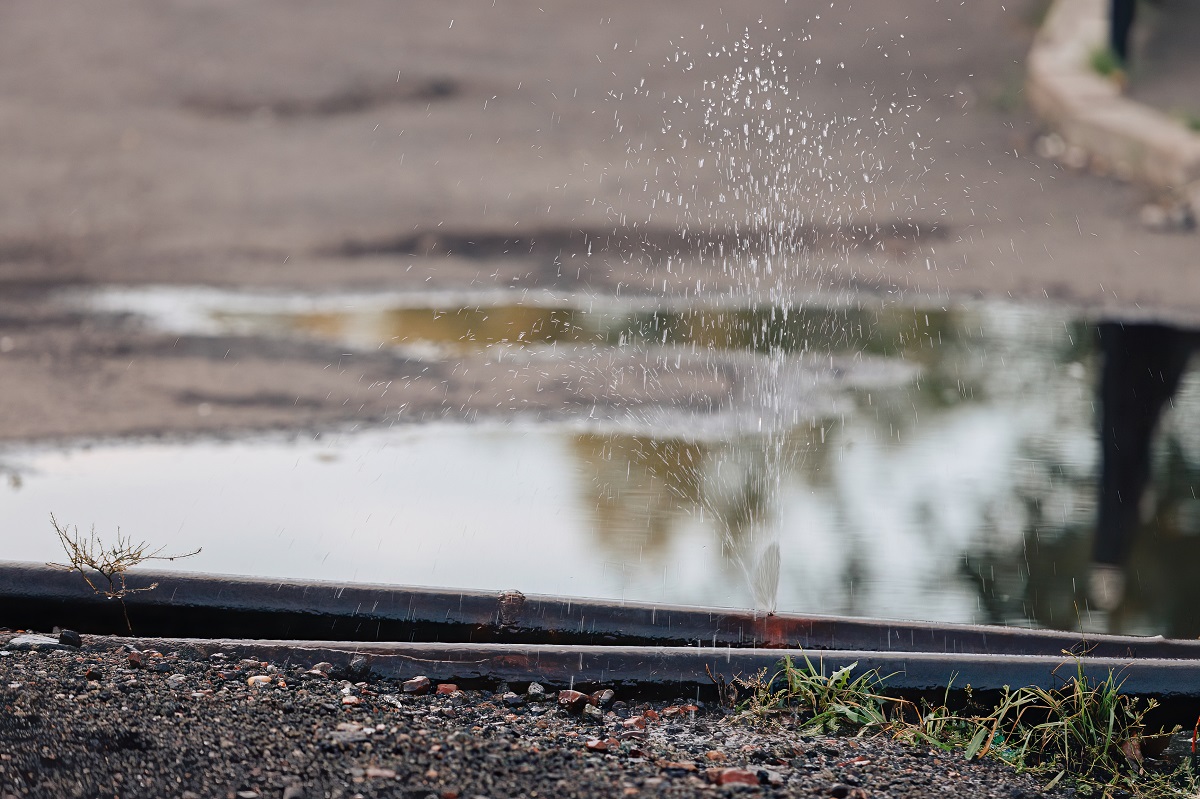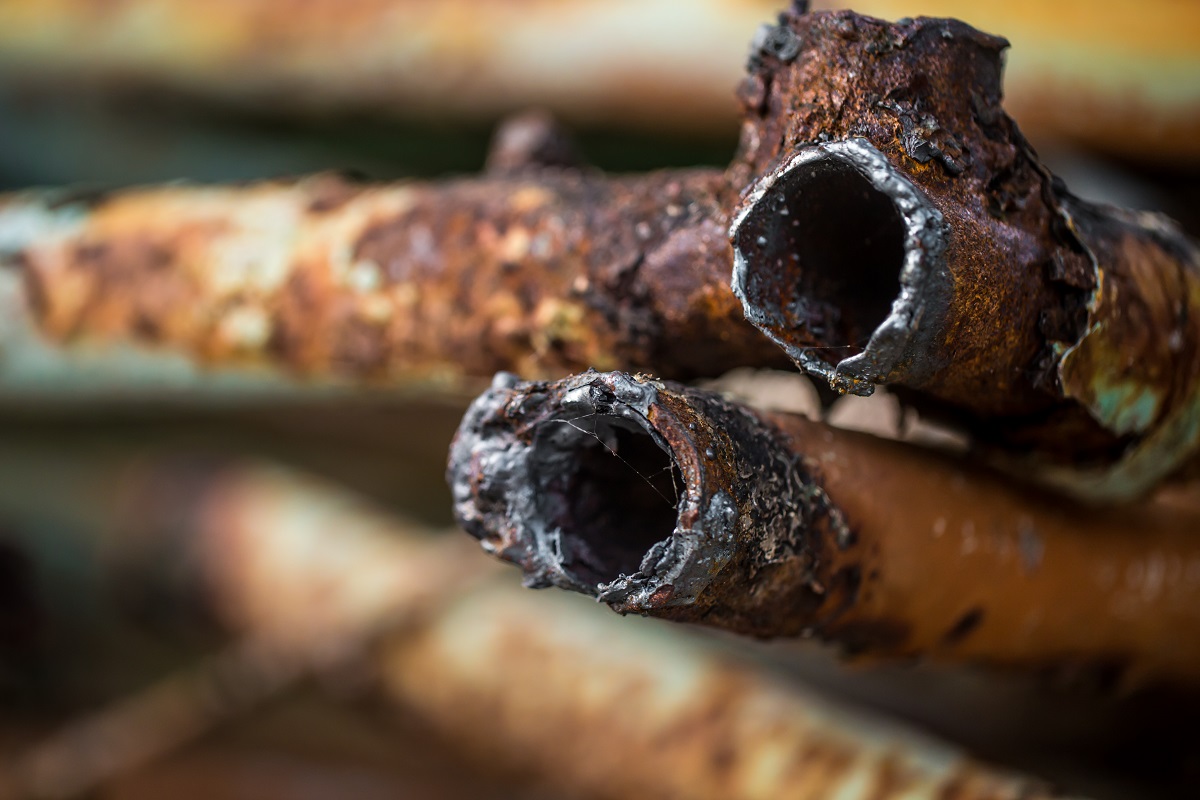
5 Causes of Pipe Failure
What are the causes of pipe failure?
- Corrosion
- Water Velocity
- Clogging
- Movement
- Extreme Temperatures
Pipes are important materials used in transporting potable water, gas, and waste all-around a structure. Apart from providing convenience, most industries cannot survive without it. But because it is used indoors and outdoors, it becomes prone to internal and external impairment. To learn more about the causes of pipe failure, keep on reading.
Corrosion
Corrosion is a general term used to describe the process when a manufactured metal goes back to its natural state through reduction-oxidation. This irreversible action causes a degradation in the material which can make piping fragile and prone to breakage.
Common sources of corrosion are water and air. When a metal is exposed to the oxygen particles in both sources, a pipe will begin to rust. Galvanic corrosion, on the other hand, happens when two dissimilar metals interact. Aside from these, another common corrodent is acid.
This can be a problem because some types of corrosion cannot be easily detected, especially when it happens on the interior. This process can eat away at the metal, making it thinner as time goes by. Rust could also affect liquids being transported by your piping system, making them toxic.
Water Velocity

Another cause of pipe failure is high-pressure. Even if the pipe itself can withstand excessive forces from the inside, the joints and valves may move out of place and cause leaks. This can’t easily be detected if regular inspections are not implemented.
In addition to this, constant changes in water velocity may cause the phenomenon known as ‘water hammering’. This can happen when a valve is suddenly closed, causing the water to slam forcefully. This can be heard through a loud knocking or thumping sound.
While this may be harmless initially, the continuous force can damage the valves or the pipes in the long run. To avoid this, preventative measures such as the installation of pressure regulators or piping with air chambers should be considered.
Clogging
Aside from supply lines, piping is also often used for drainage and sewage systems. This makes it prone to clogging, which can be detrimental to the life expectancy of a pipe. Some objects that can cause blocking are hair, dirt, food waste, oil, and toilet paper.
Aside from these inanimate objects, flora can also cause early pipe failure. Underground drainage located near trees can be destroyed by growing roots. These can penetrate through pipe walls, causing corrosion. Over time, these plants can act as plugs, causing flooding.
To prevent these problems, ensure that proper disposal of solid waste is done. Clogged pipes can be expensive to repair, especially subterranean ones. In worst-case scenarios, excavation would need to be implemented.
Movement

Another common problem when it comes to drainage is ground movement. A natural occurrence such as an earthquake can become a cause of pipe failure. These objects are built to be stationary, without a lot of allowance for motion. Because of its rigidity, the force exerted through ground tremors can force pipe walls to crack.
Aside from earthquakes, installation mistakes can also be the root of constant vibrations. With the constant rattling and trembling, long-term movement can impair the integrity of pipes. If you experience this problem with exposed pipes, you may need to add attachments that will fix them in place.
Extreme Temperature
Temperature is another concern when it comes to pipe damage. Not all kinds can withstand extreme levels of hot and cold. In low weather conditions, water inside supply and drainage lines can freeze, leading to blockage. Attempting to increase flow will only be detrimental because high pressure will damage the pipe and its parts.
On the other hand, too much heat or sunlight can make a pipe’s material brittle. This can look normal on the outside, but once water velocity is increased, a rupture could take place. Not all pipes can handle hot temperatures—PVC will eventually warp and deform.
To ensure maximum efficiency and longevity of piping systems, the proper insulation, anti-freezing solutions, or coverings will be needed to protect them. It is also wise to choose the right type for different applications.
Key Takeaway
The common causes of pipe failure are corrosion, water velocity, clogging, movement, and extreme temperatures. To prolong its use, ensure that the appropriate class, grade, and material are used before installation. Also, consider the environmental elements present on the site to prevent problems in the future.
If you need replacement pipes for your building, you may send a message on this page. Supreme Pipe has been the trusted steel pipe provider in the Philippines since 1991. With high-quality products, a good record of customer service, and competitive price, we have remained a leading supplier in the industry.


